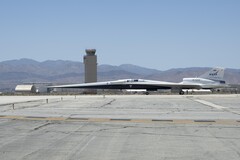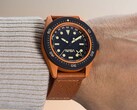NASA has begun testing its X-59 supersonic demonstrator on aprons and runways. These low-speed taxi tests are intended to demonstrate that the aircraft can be safely braked, taxied and steered correctly on the ground. While not spectacular, such tests are the essential first step in the development of any kind of aircraft. That said, the ultimate goal of the project is to have the X-59 demonstrator fly at supersonic speeds while making little noise, with particular focus on the sonic boom.
The boom is so loud that the Concorde, for example, was not allowed to fly at full speed everywhere at the time. The Overture supersonic passenger aircraft – should its development be successful – will also only be able to fly at full speed over land during limited time windows. Only its successor is expected to use quieter technology. With the X-59, NASA aims to demonstrate that a sonic boom can be reduced to a thump that is only perceptible as a dull thud. If successful, this would lay the foundation for quiet supersonic technology.
The taxi test itself took place on July 10, 2025, but was not made public by NASA until July 17. When the aircraft will make its first supersonic flight remains unclear, but the first flights are likely to be relatively unspectacular, as the systems for general airworthiness must first be tested. NASA intends to make the data obtained available to international regulatory authorities in order to set limits for acceptable noise generation for commercial supersonic flight over land.






















